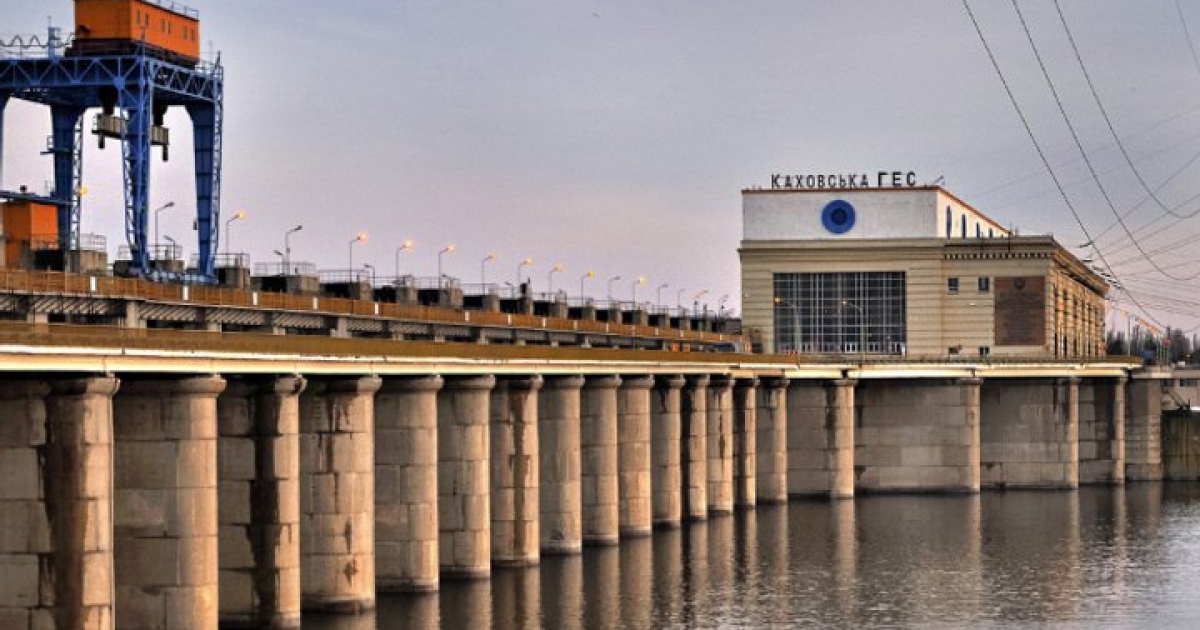1 in 3 people complain of depression… 41.6% of women feel depressed
Depression and stress increase the risk of musculoskeletal disorders such as osteoporosis
Vitamin D deficiency increased 3.2-fold in 5 years…sunlight and vitamin D intake
It is a home workout habit and weight bearing exercise such as walking is done at least 3 times a week.
Due to the new coronavirus infection (Corona 19), the number of “homecocks” is increasing rapidly. With the number of vitamin D deficiency patients increasing significantly each year, Zipcocks who are confined to their homes are threatening their bone health as the amount of sunlight decreases due to seasonal factors. Furthermore, the isolation due to the prolonged COVID-19 crisis is causing depression and stress. With the help of Hakjae Kim, director of Jaseng Hospital of Korean Medicine, let’s learn about bone health and management in the era of COVID-19. ◇Corona 19 complains of depression and stress… women are more vulnerable
Due to the daily life that has changed with Corona 19, psychological anxiety and isolation have increased and there are many people suffering from “Corona Blue”. Corona Blue is a compound word of “Corona 19” and “Depression (blue)” and refers to the symptoms of experiencing negative emotions and physical discomfort caused by the spread of an infectious disease.
According to the results of a July survey by Embrain Trend Monitor, a market research institute, of 1,000 men and women aged 19 to 59 across the country, 35.2 percent of respondents experienced the Crown Blue. One in three people are depressed due to COVID-19. In terms of gender, females (41.6%) were superior to males (28.8%). As the time spent living at home has increased significantly, the burden of raising children has increased significantly, and the prevalence of telecommuting has blurred the lines between work and childcare. In particular, women are vulnerable to depression and stress because emotional changes occur due to hormonal changes before and after menstruation, pregnancy and menopause. The problem is that these feelings of depression and emotional stress can be the cause of the threat to the health of the musculoskeletal system.
◇ Middle-aged women exposed to depression and stress, increased risk of osteoporosis
Depression is a mental illness, but it also affects the body. In this regard, studies have reported that women suffering from depression are more likely to develop osteoporosis even before menopause. A research team at the National Institute of Mental Health (NIMH) conducted a bone density test on 89 depressed women and 44 depressed women ages 21 to 45. It was much higher than 2 percent of women. In the case of low lumbar bone mineral density, 20% of women with depression were found to be more than women without depression (9%). This finding was due to increased secretion of bone-destroying proteins in depressed women. Also, when stress is severe due to Corona 19, excessive adrenal cortical hormone secretion can cause bones to weaken due to a decrease in bone density.
Osteoporosis is a disease that weakens bones and increases the risk of fractures. It is commonly known as a disease where holes are drilled into the bones. Therefore, the quality of bone density is of paramount importance. Bone density peaks around age 35 and gradually declines. In women, as menopause occurs around age 50, bone density decreases very rapidly. For this reason, osteoporosis is recognized as a disease affecting middle-aged women.
“Middle-aged women experience emotional and physical changes before and after menopause,” said Kim Hak-jae, director of Jaseng Hospital of Korean Medicine. Falls also occur frequently at home, so prevention efforts are essential in this moment”.
◇Autumn when the amount of sunlight decreases…Take care of your vitamin D intake to increase bone density
Physical isolation due to Corona 19 is also a factor eroding the bone health of middle-aged women, but environmental factors cannot be ignored. This is because the amount of sunlight decreased as summer wore on and autumn arrived. Also, as time increases for indoor activities, vitamin D may not be absorbed enough.
The problem is that the number of people visiting hospitals due to vitamin D deficiency is increasing significantly every year. According to the Health Insurance Review and Assessment Service, the number of patients with vitamin D deficiency increased approximately 3.2-fold, from 49,852 in 2015 to 159,424 in 2019. Over the same period, the number of women with vitamin D deficiency also vitamin D increased rapidly, an increase of 3.2 times. In terms of gender, vitamin D deficiency was more severe in women. In 2019, there were 125,610 women with vitamin D deficiency, about four times as many male patients as there were 33,814. Vitamin D is a nutrient closely related to bones, joints and bone density, so a lack of it can aggravate musculoskeletal diseases such as osteoporosis. Even 10-15 minutes of sunlight a day can give you enough vitamin D, but even that isn’t easy these days. In this case, taking vitamin D supplements can also be an avenue. The recommended daily intake of vitamin D is about 600 IU and 800 IU for those over 70.
In oriental medicine, herbal medicines that inhibit bone density reduction are used to treat and prevent osteoporosis. A typical herbal medicine is the cartilage strengthening pill (JSOG-6). Jaseng Hospital of Korean Medicine Spine and Joint Research Center and Seoul National University College of Pharmacy Natural Product Science Research Center jointly conducted research and reported the results of a study that an oriental herbal medicine complex (cartilage strengthening pill) has l effect of suppressing osteoporosis and protecting bones in the international journal “BMC Complementary and Alternative Medicine” (2014).)”.
◇ Home workout is a shortcut to keeping your bones healthy when you’re stuck at home
Even though it’s hard to get outside, you can prevent a decrease in bone density by exercising regularly at home. At this time, it is good to combine weight-bearing exercise and strength training such as aerobic exercise. In general, when walking, the lower body receives twice the weight. If you have to do indoor activities like these days, it’s good to walk in place at home.
Up to five times the body weight is carried while running, it can become excessive after middle age. Therefore, it is better to pay attention to walking than running. Exercises such as bare-knuckles and walking in place are good at a level between light and moderate intensity. The exercise time is at least 20 minutes and it is recommended to do it at least 3 times a week.
“To overcome the COVID-19 situation wisely, one needs to manage the quarantine thoroughly and comprehensively control one’s health condition,” said Kim Hak-jae, director of Jaseng Hospital of Korean Medicine. promote it,” he said.
[이병문 의료선임기자]
[ⓒ 매일경제 & mk.co.kr, 무단전재 및 재배포 금지]


